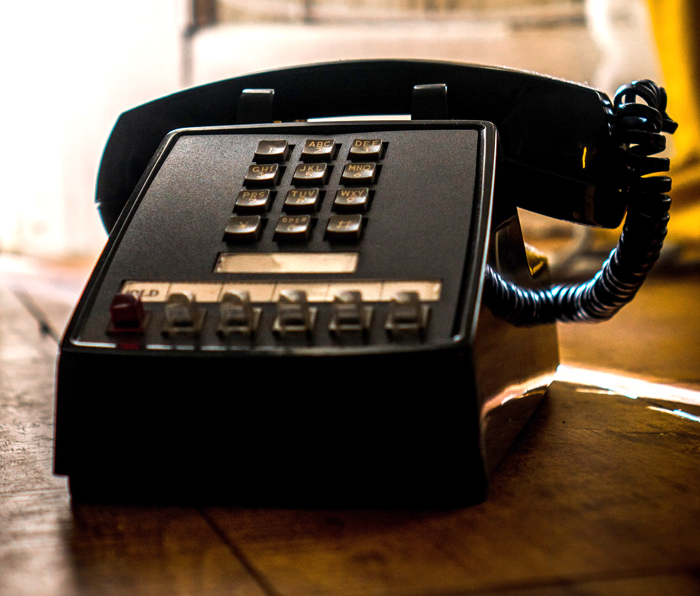How I pair my landline phone to my hearing aids
Sean uses a hearing aid. He explains how he’s managed to hook his up to his landline phone.
As a user of hearing aids, my latest technology experiment has been to hook up a new Bluetooth cordless home phone to my Bluetooth streamer. It allows the sound to be transmitted directly to my hearing aid.
I’ve always used an ordinary cordless handset and have sometimes struggled to hear the person on the other end of the phone line clearly. In the past, I’ve resorted to plugging in wired headphones with a boom microphone connected to the handset. However, even this was prone to problems with quiet connections, and I couldn’t increase the volume level any more.
My new setup is brilliant
This is why this new setup, using the Bluetooth wireless technology is so brilliant. Not only does it remove those pesky wires, but it also has the ability to increase the volume level. Even better, I can turn off my hearing aids’ own microphone to cut out all background noise and boost the clarity of the incoming call. This means that I can now have a complete hands-free operation and have perfect clarity of sound of whoever is talking to me.

Pairing the Bluetooth streamer and the phone together did need sighted assistance, but once this step is completed, it was great and quite simple to use. As a blind user, I can then pick up incoming calls by simply pressing the large ‘talk’ button and just start talking. I can make out-going phone calls by dialling up the number I need on the handset and as soon as I press the ‘green’ connect button on the handset, my streamer automatically switches over to the landline. I can immediately hear the ring tones while waiting for the person to answer.
The particular model of phone I use has an answering machine. I can press the shortcut key on the numbers (I have number 1 programmed to bring up the answer machine), I can listen to my messages very clearly.
But there are always some drawbacks
But there are always some drawbacks, and here’s what I’ve found…
Like most landline phones out there, there are no spoken announcements of whatever you are doing on the phone and nothing for the address book. You could assign a different ring tone for each person, but it’s rather crude. It is based on a ‘group’ for one or more contacts and even then you can’t hear the incoming number or person’s name, even if you already hold them in your address book. If you can see what is happening on the screen, I am told you can even assign a photo of each person listed and it will display it when they are ringing you. Still no audio announcements though (shake of head!).
Unfortunately I’m used to that! Plus, the reality is that this phone is no different to other phone of this type. This means that with Bluetooth connectivity, I have actually improved my ability to use the landline and it only cost me £70, instead of the much higher price you would have to spend on buying a more specialised system. Their system may offer caller ID announcements, but it’s missing other important features like an address book or answering machine, so I feel I got much better value for my money.
Why do virtually all cordless phones not support blind people to use them?
So my question is – why is it that virtually all cordless landline phones do not support a blind person to navigate around the features of the phone?
They can provide dozens of different written languages, but no spoken words at all. It is funny really, because their answering machine is the only thing that speaks to you, and that’s in British English, which I assume is done using pre-recorded snippets of audio. Why can’t they do that for the whole menu structure, using the same technique?
The address book would be the troublesome area, but just hearing the name of the contact spoken out letter by letter is better than nothing at all! This collection of sound clips could be easy to package and have available on the web site to download into the phone via USB or Bluetooth, or even WiFi on some of these newer fancy phones.
So come on manufacturers, I’m calling on you to get your thinking caps on and join the modern world of accessibility and equal opportunity!
In the meantime, I am enjoying my new Bluetooth-connected phone and I can now have hands-free, wire-free and noise-free natters with my family and friends.
Find out more about assistive technology for people with hearing loss.
